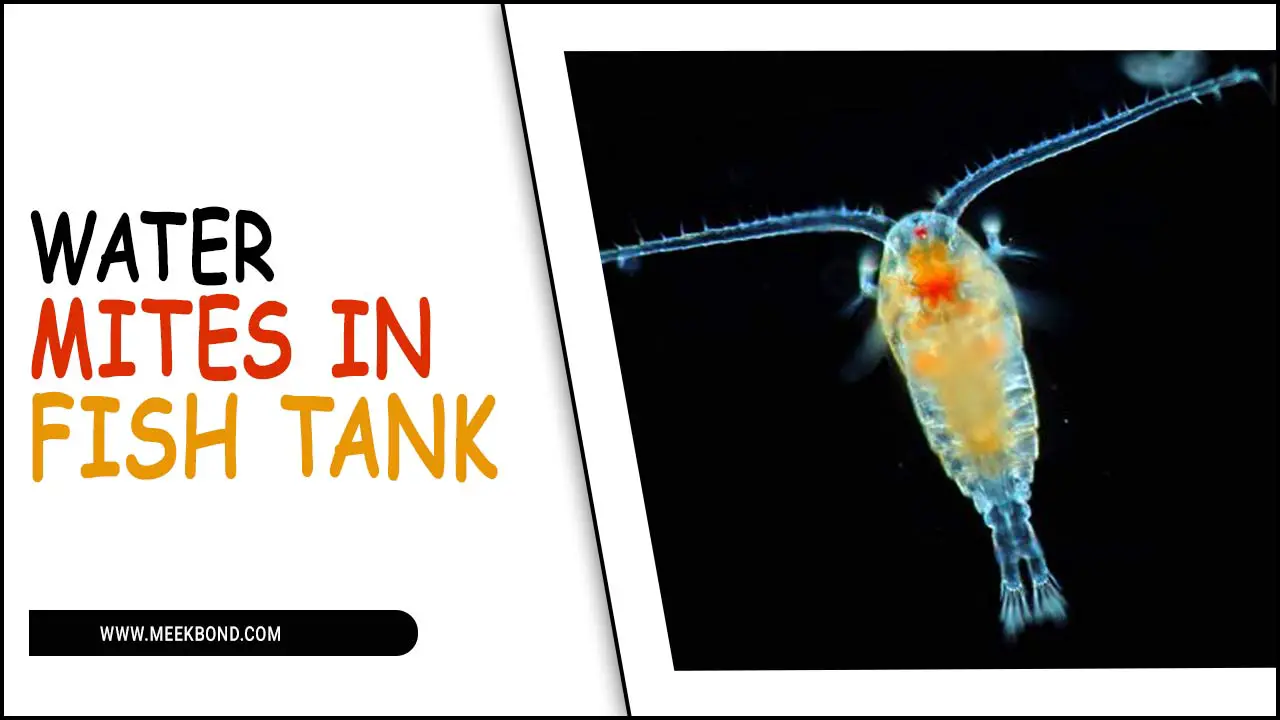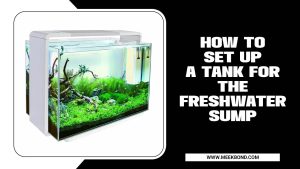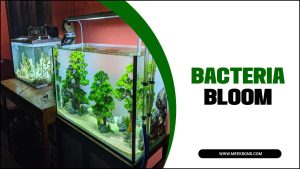There’s a new plant species in the aquarium every day. It takes a lot of work to keep up with the latest plants that are trending.
Most of the time, an aquarium enthusiast will have to look for alternatives for the plant of choice. But the good news is, with time, it gets easier. You’ll be able to get the plant of your choice for your aquarium easily. When you’re planning to plant an aquarium, a lot of thought goes into it.
Besides ensuring the plants grow well, there’s a lot of care that has to take. One of the essential components of planting an aquarium is anchoring plants. Here, we’ll cover everything you need to know about anchoring plants in an aquarium, including types of anchoring plants and tips and tricks on how to water them and propagate them.
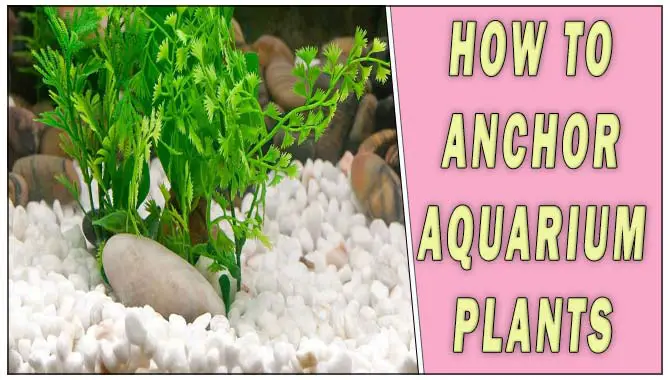
What Are Anchoring Plants?
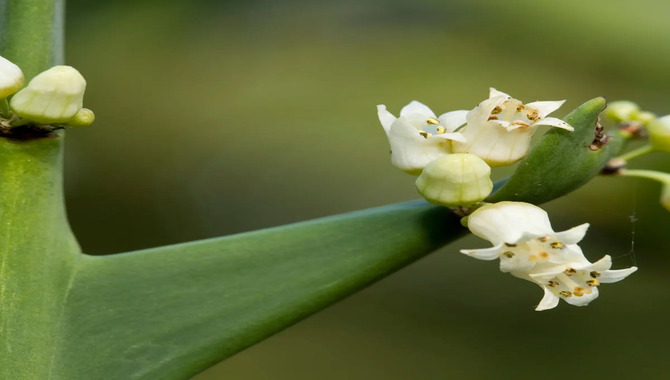
Anchoring plants are aquatic plants that use roots to attach to surfaces in the aquarium. You can use them to create different types of habitats for fish, from quiet resting areas to splashy play areas. They can be a great way to add plant life to an aquarium without worrying about the substrate getting dirty or the plant dying.
Anchoring plants can be purchased online or at your local fish store. They come in many shapes and sizes, from small plants with bright colors to tall plants with broad leaves. The type of anchoring plant you choose depends on the look and feel you want for your aquarium ecosystem. Some popular options include ferns, aquatic grasses, and water hyacinths. Each has unique characteristics that make them reliable anchors for aquatic ecosystems.
Additionally, you can determine plant types based on the tank you have – Freshwater, Marine, or Reef. Aquarium plants can also classify according to their water requirements: photoautotrophic (using light energy to create their food), detritivores (feeding on decomposing material), or aquatic herbivores (feeding on plant material).
Once you’ve chosen the type of plant you want to add to your tank, the next step is to determine an anchoring method. There are several ways to do this, including using rocks, roots, or special clips. Read the plant’s care instructions before adding it to your tank.
Types Of Anchoring Plants
Anchoring plants are an essential part of any aquarium ecosystem. They provide shelter for fish and other aquatic creatures, look attractive, and help to stabilize the aquarium water column. However, not all plants are suitable for anchoring in an aquarium. Anchoring plants help stabilize the soil around an object, which can prevent it from moving or shifting.
This helps to improve plant growth and circulation throughout the soil, which leads to healthier roots and flowers. Anchoring plants can also help keep weeds at bay by restricting their access to sunlight and water resources. Several types of anchoring plants are available today, each with specific benefits.
Nylon rope: This anchoring plant is easy to use and attach to the aquarium. It is affordable and easy to find but doesn’t last long and can be flimsy. Swivels: These are special anchors designed for aquariums with rotating filters. These are sturdy and durable and come in various shapes and sizes. Bait balls are small rubber balls filled with fish food that can use as an anchoring plant.
They are easy to use but may only last for a while if the aquarium is kept at a high temperature or if the plant gets a lot of sunlight. J-hooks: These are special hooks made for attaching plants to the wall or ceiling of the aquarium. They are sturdy and durable but can be difficult to use in some circumstances. You may have to spend time crafting an optimal anchor for your plant, which can take time and effort.
6 Tips To Anchor Aquarium Plants
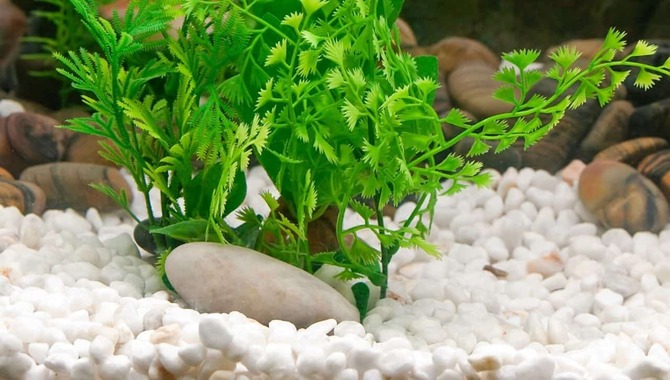
Anchor aquarium plants using rocks, driftwood, ornaments, or anything else that will hold the plant in place. If the plant is floating too high or too low, an anchor can help it stay in the desired position. Ensure the anchor is deep enough to prevent the plant from floating away.
Also, make sure that the plant has strong roots and can tolerate water conditions. Choose a plant that is tolerant of water conditions and has strong roots. Keep an eye on the anchor plant and replace it as needed to ensure it remains firmly anchored. When anchoring aquarium plants
- Choose an inert substrate that does not contain toxins or heavy metals. Slate, masonite, or cork are all good options for this purpose.
- Fill the tank two-thirds of the way with fresh water before adding your anchor plants. This will ensure they have enough room to grow roots and anchor themselves to the substrate.
- Place your anchors in a sunny location near an outlet of air conditioning or another light source (like a bulb). This will help them get as much sunlight as possible while still remaining safe from excessive heat exposure.
- Water your anchors once per day using room-temperature water; do not use cold water because it can shock plant cells and kill them prematurely. Make sure the water reaches the anchors, but do not overwater.
- Once your plant anchors itself to the substrate, it is important to maintain an even moisture level over its root system. This can be accomplished by either using a wick or bubbling water directly onto the roots with a fountain pump (see the tutorial for more).
- Clean your anchors occasionally using warm soapy water and a brush; remove any algae and moss that may have accumulated on them.
How To Place Water Anchoring Plants
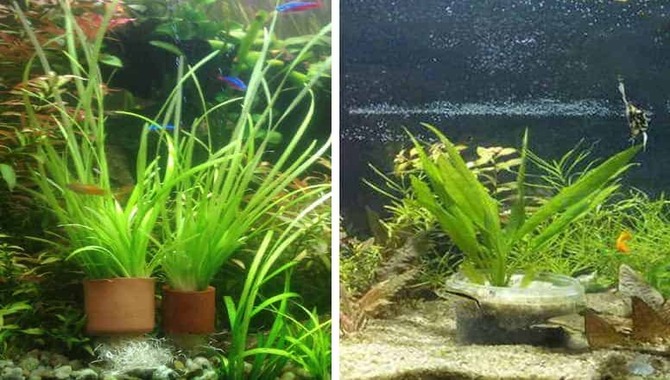
Anchoring plants in an aquarium is a great way to add plant life and color to your aquarium. However, the process of anchoring plants can be tricky. Before you can water anchoring plants, you need to understand the steps involved in the process. Water-anchoring plants are a great way to add color and interest to your garden while protecting against erosion. These plants typically require very little water and can grow in just about any soil type (as long as it is well-drained).
There are several types of water anchoring plants available on the market today, but the most popular ones include Japanese maples, roses, lilies, irises, pond flowers (e.g. dragonflies), and peace lilies. Each plant has unique features and benefits that make it an excellent choice for your garden. Here are some tips on choosing the right one for your home:
- Wet the rootball thoroughly before watering. This will ensure that the plant roots are well-hydrated and stay healthy.
- Use a gentle stream of water when watering anchoring plants. This will ensure that the plant roots don’t get damaged.
- Water only when the soil is moist but not soggy. This will prevent the plant from being too waterlogged and dying due to overwatering.
- Keep anchoring plants in fresh, cool water at all times. This will help the plant roots stay healthy and strong. You should check the soil’s moisture regularly and adjust watering as needed.
When To Remove Anchoring Plants
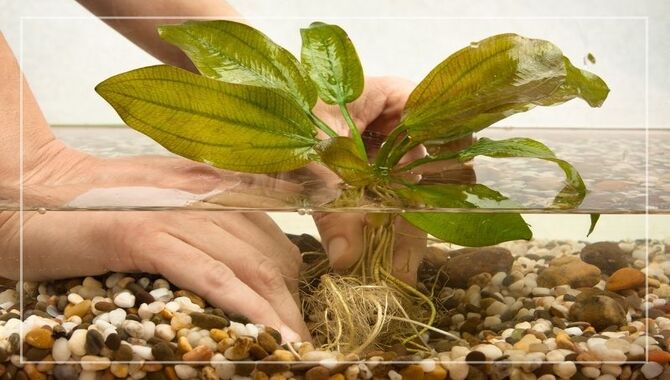
Anchoring plants help to stabilize aquarium water and reduce the chances of plant diseases. When should anchoring plants be removed from an aquarium? The best time to remove anchors is when the plant is actively growing and developing new leaves. This is when the plant is most likely to benefit from the anchors’ support, and the anchors can no longer perform their function of stabilizing the plant’s structure or holding extra nutrients.
You can also remove anchors when the plant is drooping, flowers or leaves are developing abnormally, or if you notice that the anchors have damaged it. Removing anchors safely and effectively is essential to avoid damaging the plant. Always use a pair of aquarium tweezers to grasp the anchors and carefully remove them without causing harm to the plant. To prevent fish from consuming the anchors, cover them with aquarium mesh or fishing line as soon as you remove them.
Which Anchoring Plant Is Best For A Beginner?
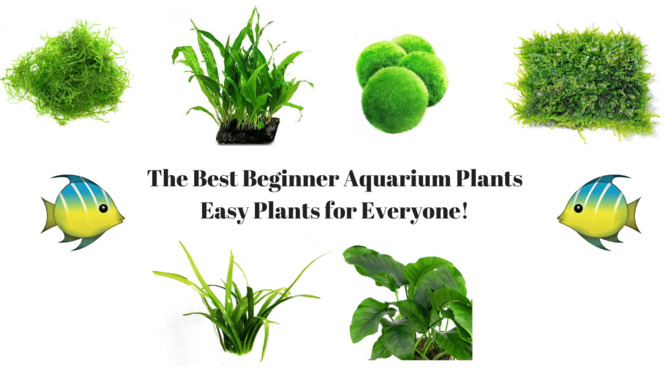
Spider plant (Chlorophytum comosum) is a popular beginner anchor plant because of its easy care and ability to withstand low lighting levels. It is hardy, fast-growing, and can place in most aquariums. Another advantage of the spider plant is that it tolerates low water levels and has few requirements, making them an ideal plant for aquariums of all sizes.
Anubias nana is another popular option for beginners due to its hardy nature, docile growth, and ability to tolerate low water levels. However, it requires proper aquarium maintenance, such as frequent gravel cleanses, aquarium water changes, and aquarium plant fertilizers. Java fern (Microsorium Pteropus) is another plant with similar attributes as anubias nana. It also grows well in aquariums of all sizes and tolerates low light levels.
Besides, java fern is easy to grow and requires only moderate care. Cryptocoryne wendtii is an aquatic plant with a broad distribution across the globe. It can withstand moderate water fluctuations without the need for fertilization or upkeep. Additionally, this plant has an appealing shape and mosslike leaves, making it an ideal beginner anchor plant for aquariums of all sizes.
How To Grow Aquarium Plants?
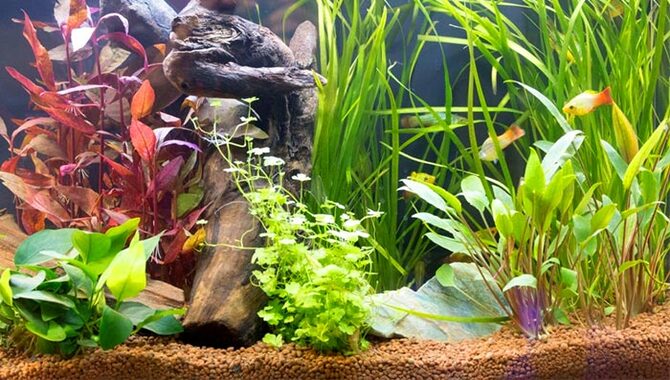
To grow aquarium plants, you’ll need the right plant species. Various plants can be used in an aquarium, but some are better suited than others. Some common aquarium plant species include java ferns, sword plants, mosses, and water lettuce. Select plant species based on your aquarium’s water temperature, pH level, and substrate type. Your choice of aquarium plants will depend on the desired effect of the plant.
For example, mosses absorb sunlight and help purify the water, while java ferns provide a bright backdrop and shelter aquatic creatures. Additionally, choose plant seeds carefully as they differ in size and shape. Water and fertilize the plants regularly to ensure they grow healthily and sustainably. When the aquarium plants have grown large enough, you can remove them from the aquarium and recycle them.
How To Anchor Aquarium Plants Using Different Anchors
The most common anchors used to plant aquarium plants are rubber bands, suction cups, plant ties, and fishing lines. Each of these anchors has its advantages and disadvantages, so it’s important to know the different options when planting aquarium plants. Rubber bands are easy to use and effective for plants of all shapes and sizes. They’re great for quickly securing plants to the aquarium glass but only provide a little support. They also stretch over time, causing the plant to droop or break off.
Suction cups are one of the aquariums’ most popular anchors for plant planting. They’re effective and easy to use but require additional equipment, such as a plant substrate or gravel substrate. This extra work may only be worthwhile if the plant is large or delicate. Plant ties are affordable for securing aquarium plants, but they’re more sturdy than other anchors.
Also, if you have multiple plants, you need to use different lengths of plant ties to ensure they’re evenly spaced on the aquarium substrate. Plant stakes are another popular option for planting aquarium plants. They provide a strong anchor without the extra equipment required by suction cups or fishing lines. However, they may not be suitable if your aquarium substrate is gravel or rocks instead of substrate.
How To Propagate Anchoring Aquarium Plants
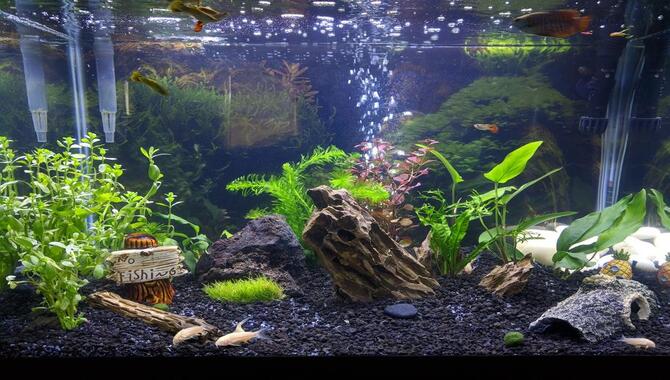
Anchoring aquarium plants is a great way to increase the number of plants in your tank. Various ways to propagate anchoring aquarium plants include stem cuttings, rooted cuttings, and leaf cuttings. Each method has its advantages and drawbacks, so it’s important to research the best option for your plant. When taking steps to propagate anchoring aquarium plants, make sure to take care not to damage the plant. Also, ensure that the plant is well-grown and healthy before taking the cuttings.
Once the propagation is complete, you must water the new plants and adjust their light and water levels. This will ensure that the plant thrives and grows healthily. Propagating anchoring aquarium plants is an easy way to add more aquatic plants to your tank. It’s an excellent way to add diversity and color to your aquarium ecosystem without spending much money or effort.
Conclusion
Water-anchoring plants are a great way to add lushness and greenery to any outdoor space. These plants rise quickly and firmly attach themselves to any wet surface, such as a pond or river bank. They provide shade in the summer months and shelter from the wind in wintertime. When you’re setting up an aquarium, the first plants you’re likely to plant are the ones that can withstand less light or less oxygen. These include mosses, ferns, and some types of algae.
They’ll help to hide the gravel substrate and provide additional plant support. Once the tank is established and the plants get enough light and nutrients, you can plant your anchors. These are aquatic plants whose roots cannot drift or detach from the gravel substrate (like water lettuce, java fern, hornwort, etc.). While anchors can vary in shape and size, the ones we’ve listed above are some of the most popular choices for beginners.
Frequently Asked Questions
What Are The Benefits Of Adding Aquarium Plants To Your Tank?
Adding aquarium plants to your tank can provide several benefits. They can add beauty and decoration, provide supplemental oxygen, help to reduce water turbidity, and serve as a food source for fish.
How Often Should I Change My Aquarium Water, And What Should I Do If I Notice A Fish Swimming In The Same Area For More Than Two Weeks?
Changing your aquarium water regularly, at least every two weeks, is important. This way, you will ensure that the fish in the aquarium has the best water quality possible and that the tank remains clean and healthy.
If you notice a fish swimming in the same area for more than two weeks, moving that fish to a new tank may be time.
Can I Attach Rubber Bands To An Aquarium Plant And Use Them As Anchors For Other Plants?
No, rubber bands should not use as anchors for aquarium plants. Aquarium plants need to be anchored to the substrate to prevent them from moving around. You can use various anchors to anchor aquarium plants, including plant ties, rock wool, and cork tiles. It is best to select anchors appropriate for the plant species being used.
Do I Need A Special Kind Of Anchor For Aquarium Plants?
No, aquarium plants will not root directly into the aquarium’s substrate. Instead, they will often root down into the substrate while anchored to something heavy or deep. Therefore, any heavy object can use as an anchor for aquarium plants.
How Long Will My Aquarium Plants Last If I Use This Method?
This method of anchoring aquarium plants is a temporary solution. You will need to replace the fishing line every few weeks or when it becomes frayed.

Aquarium passion is all about connecting with the aquatic life and providing education to the public on the importance of these creatures. We showcase a wide variety of marine life through our exhibits as well as working with schools to provide unique learning opportunities for students of all ages.


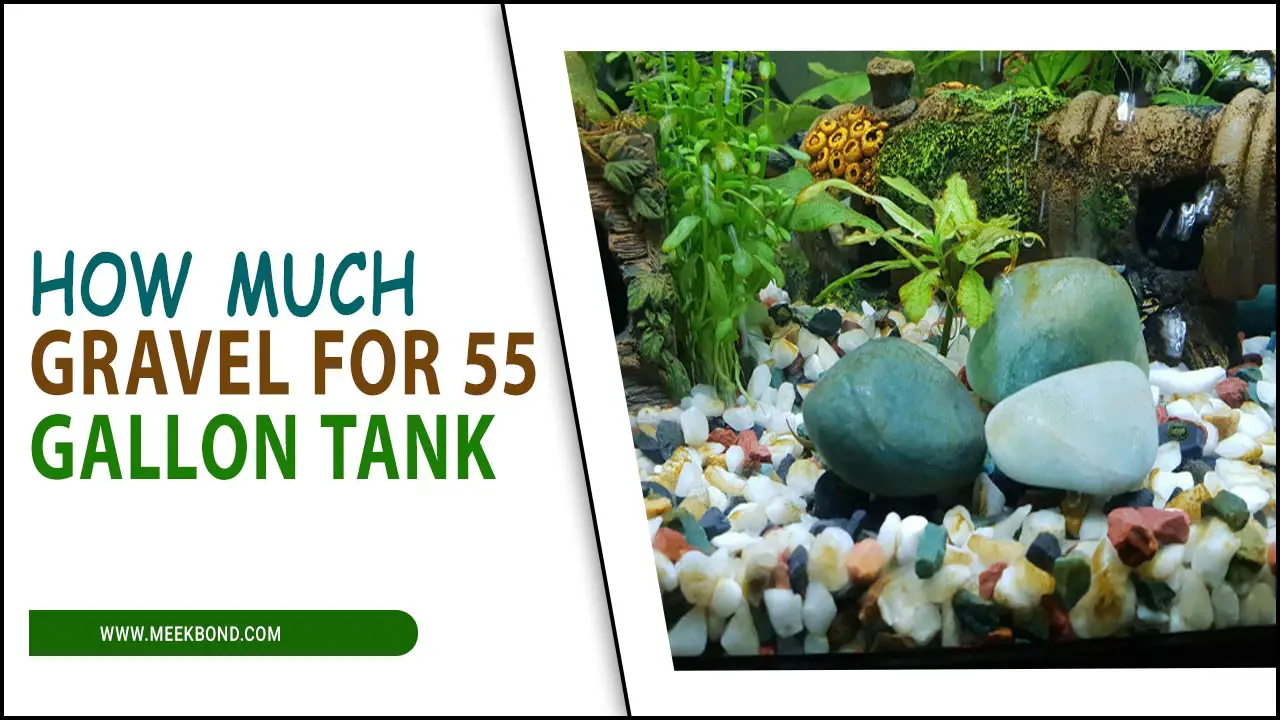
![Aquarium Water Quality Cycling , Testing, Care [Step By Step Guide]](https://meekbond.com/wp-content/uploads/2022/10/Aquarium-Water-Quality-Cycling-Testing-Care.jpg)
